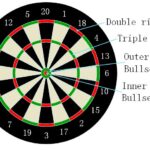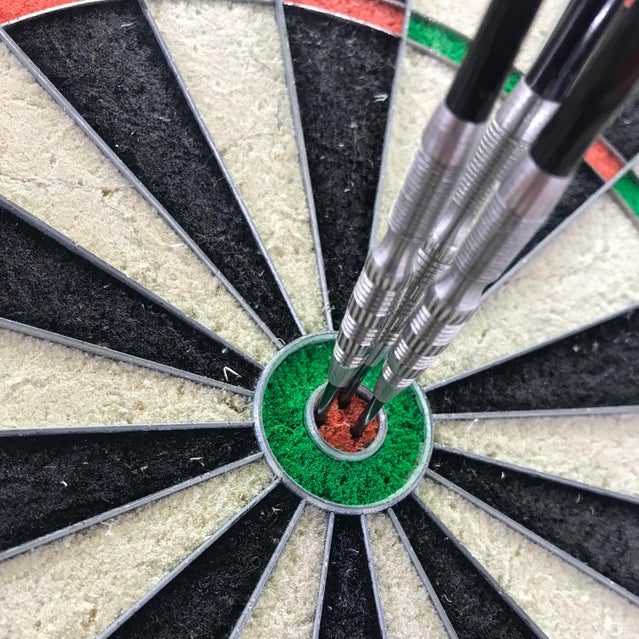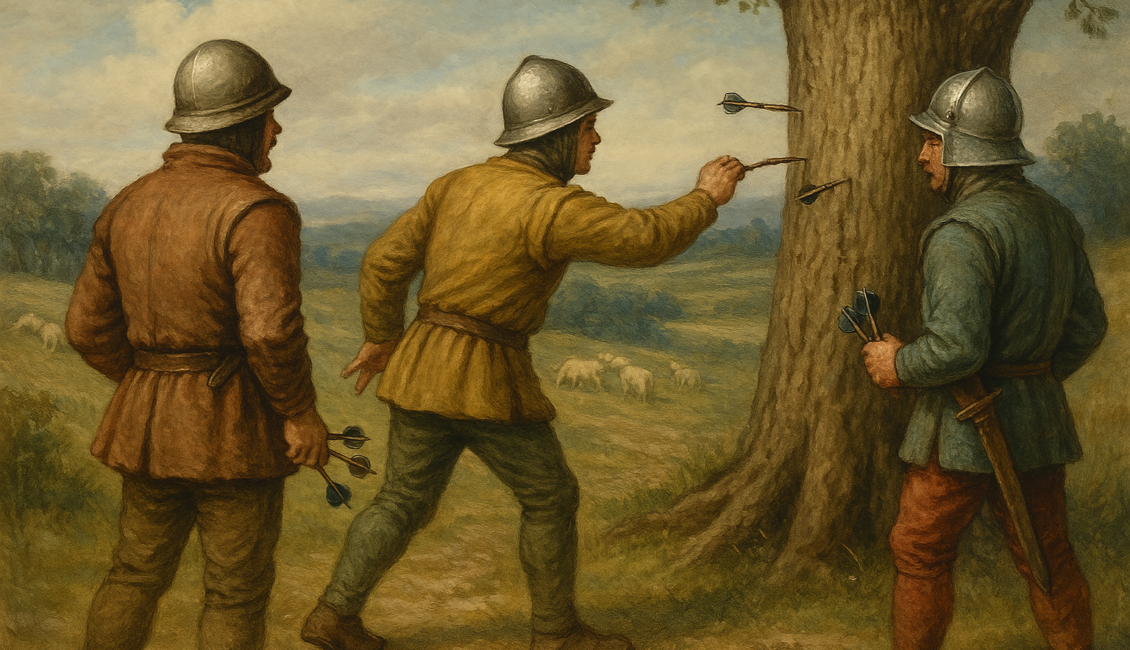
The History of Darts: Evolution, Rules, and Culture
Darts has grown from a pub pastime into a globally recognized sport, complete with international tournaments, professional players, and a passionate fan base. Its transformation over the centuries is a fascinating journey through history, innovation, and culture.
Origins of Darts Darts is believed to have originated in England during the medieval period. Soldiers would throw short arrows at the bottoms of wine barrels or tree trunks for recreation, which evolved into the dartboard and game we know today. Over time, these makeshift targets gave way to standardized boards, and the pastime found a home in English pubs.
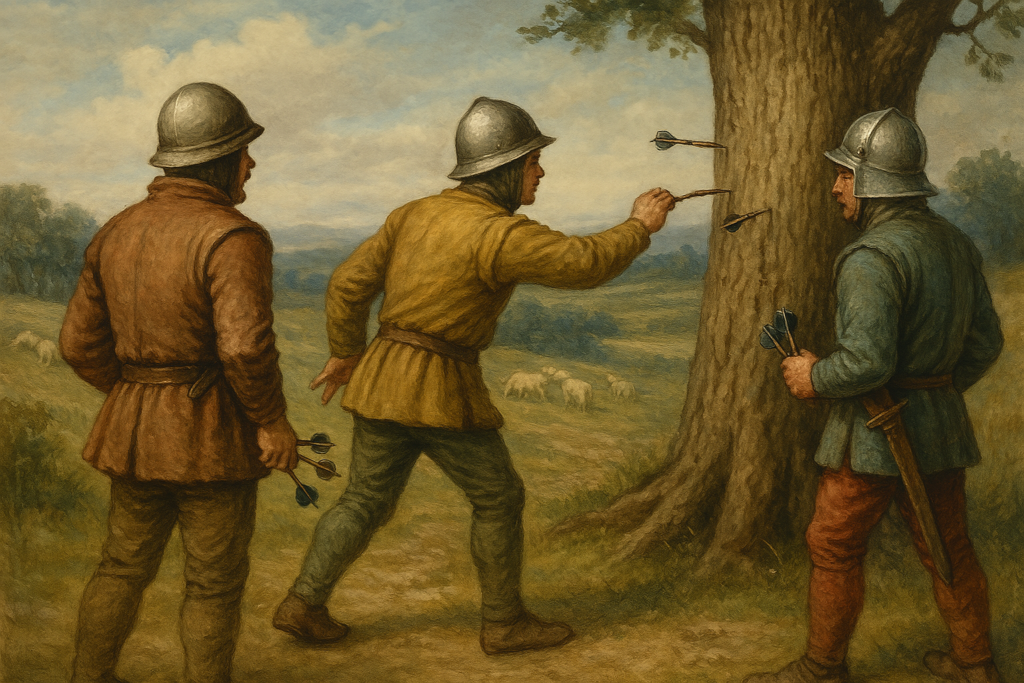
🎯 Fun Fact: The early version of darts was often played with crossbow bolts or spear tips thrown at tree trunks!
Evolution of the Dartboard The modern dartboard, often referred to as the “clock” board, was standardized in the late 19th century. Brian Gamlin, a carpenter from Lancashire, is credited with creating the number sequence in 1896 to penalize inaccuracy and reward precision. Other types of boards, such as the Yorkshire and London Fives boards, also existed but became less popular as the numbered board became the norm.
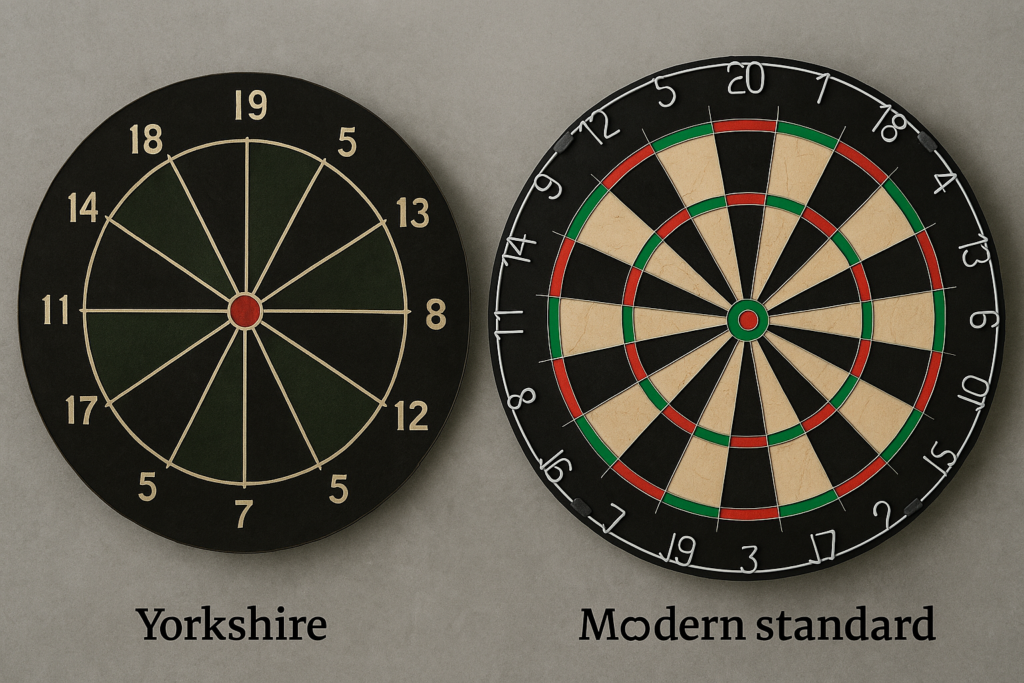
🧠 Trivia: The numbers on a dartboard are arranged to minimize the chance of lucky shots. That’s why high numbers are often surrounded by low ones!
Development of Rules and Gameplay The rules of darts have evolved significantly. The most widely played version today is 501, where players start with a score of 501 and work their way down to zero, finishing on a double. The World Darts Federation (WDF) and Professional Darts Corporation (PDC) helped standardize the rules, ensuring consistency across tournaments. Over time, innovations such as electronic scoring and steel-tip vs. soft-tip formats also emerged.
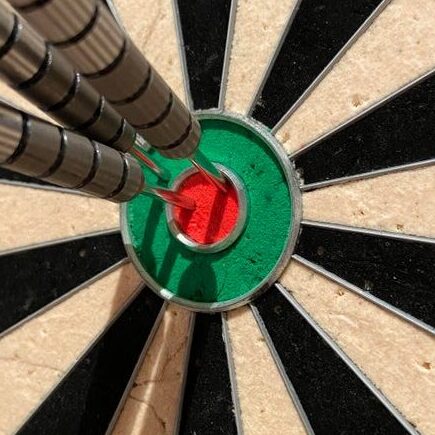
📏 Did You Know? The standard height for a dartboard is 5 feet 8 inches from the floor to the bullseye—roughly the eye level of the average person.
Rise of Professional Darts In the 1970s and 1980s, darts gained popularity as a televised sport, especially in the UK. Iconic players like Eric Bristow and Jocky Wilson helped bring the game into the spotlight. In 1992, a group of top players split from the British Darts Organisation (BDO) to form the PDC, which eventually became the leading governing body of professional darts. With high-stakes tournaments like the PDC World Championship, darts transformed into a lucrative, high-profile sport.
💸 Fun Fact: Today’s top darts players can earn millions in prize money, endorsements, and appearance fees.
Cultural Impact Darts is deeply embedded in pub culture, particularly in the UK and parts of Europe. It has a unique blend of sportsmanship and showmanship, with fans donning costumes, chanting, and celebrating walk-on music. The sport’s inclusive nature means it appeals to a wide audience, and it continues to grow in countries like the Netherlands, Germany, the United States, and China.
🎉 Trivia: Fans at major dart tournaments often dress up in elaborate costumes—from superheroes to bananas—for fun and TV time!
🏟 The Venue Is Legendary
The tournament has been held at Alexandra Palace (“Ally Pally”) in London since 2008. It’s known for its raucous atmosphere, fancy dress fans, and dramatic walk-ons.
👏 The First PDC Champion
The first ever PDC World Champion was Dennis Priestley, who won the inaugural event in 1994 after splitting from the BDO.
🥶 Players Use Hand Warmers
Despite the lights and crowds, players often use hand warmers backstage because the venue can be chilly in winter.
🍻 Fans Party in Costumes
The championship is famous for its wild crowd: fans show up in everything from banana suits to Santa outfits. It’s like a sporting event meets comic con meets beer festival.
🕺 Walk-On Songs Are a Big Deal
Each player chooses a walk-on song and many have signature tracks. It’s part of their brand and fan identity—Peter Wright’s “Don’t Stop the Party” is iconic.
🎯 Nine-Dart Finishes Are Rare but Legendary
The perfect leg—a nine-dart finish—is the equivalent of a 300 game in bowling. It’s happened multiple times, but it’s always electric when it does.
📺 Massive Global Audience
Matches are broadcast to over 100 countries, with millions tuning in. The event is especially huge in the UK, Netherlands, and Germany.
Modern Trends and the Future of Darts Today, darts is enjoying a renaissance with increased online coverage, international tournaments, and youth engagement. The use of social media, online streaming, and apps has introduced a new generation to the game. Women’s darts is also growing, with players like Fallon Sherrock making headlines. As technology like Dart Connect continues to evolve, we can expect more innovations in how the game is played, viewed, and celebrated.
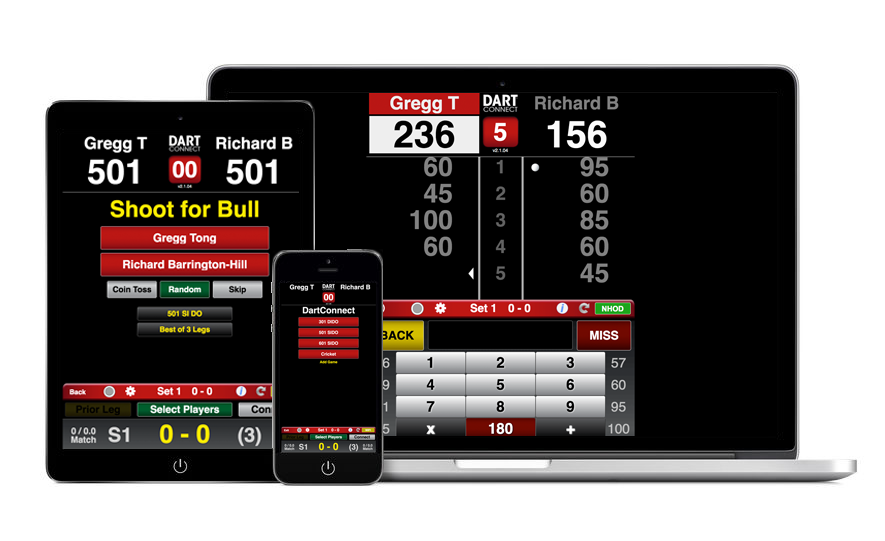
From medieval pastime to modern sport, darts has come a long way. Its rich history, evolving rules, and vibrant culture ensure that it remains a beloved game for generations to come—whether played casually in a pub or competitively on a world stage.
📅 Darts Timeline: Key Moments in the Game’s History
| Year | Milestone |
|---|---|
| ~1300s | Darts-style games played by soldiers in England. |
| 1896 | Brian Gamlin designs the modern dartboard number sequence. |
| 1920s | Darts become a staple of English pubs and leagues begin to form. |
| 1973 | British Darts Organisation (BDO) is founded. |
| 1992 | Formation of the Professional Darts Corporation (PDC). |
| 2000s | Global rise of darts through TV and digital platforms. |
| 2019 | Fallon Sherrock becomes the first woman to win a match at the PDC World Championship. |
| 2020s | Online darts leagues, mobile scoring apps, and international expansion continue to grow. |



